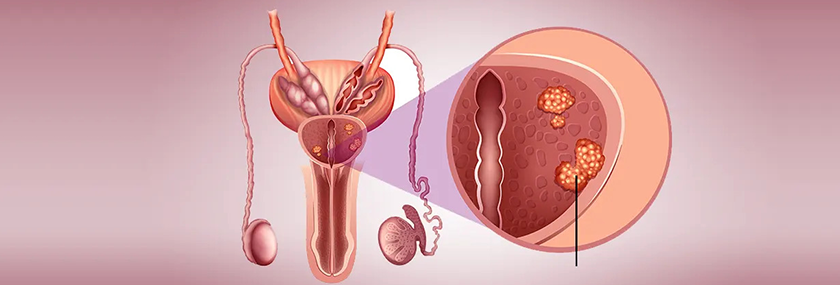- +91 93594 94102
- +91 63775 93771
-
Amrit Hospital, Gandhi Colony, Rudrapur

What Is Prostate Biopsy?
Prostate gland biopsy; Transrectal prostate biopsy; Fine needle biopsy of the prostate; Core biopsy of the prostate; Targeted prostate biopsy; Prostate biopsy - transrectal ultrasound (TRUS); Stereotactic transperineal prostate biopsy (STPB) A prostate biopsy is the removal of tiny samples of prostate tissue to examine it for signs of prostate cancer. The prostate is a small, walnut-sized gland just under the bladder. It wraps around the urethra, the tube that carries urine out of the body. The prostate makes semen, the fluid that carries sperm.
There are three main ways to perform a prostate biopsy
- You will be asked to lie still on your side with your knees bent.
- The health care provider will insert a finger-sized ultrasound probe into your rectum. You may feel a little discomfort or pressure.
- The ultrasound allows the provider to see images of the prostate. Using these images, the provider will inject a numbing medicine around the prostate.
- Then, using ultrasound to guide the biopsy needle, the provider will insert the needle into the prostate to take a sample. This may cause a brief stinging sensation.
- About 10 to 18 samples will be taken. They will be sent to the lab for examination.
- The entire procedure will take about 10 minutes.
Why the Test is Performed?
- A blood test shows that you have a higher than normal prostate specific antigen (PSA) level
- Your provider discovers a lump or abnormality in your prostate during a digital rectal exam